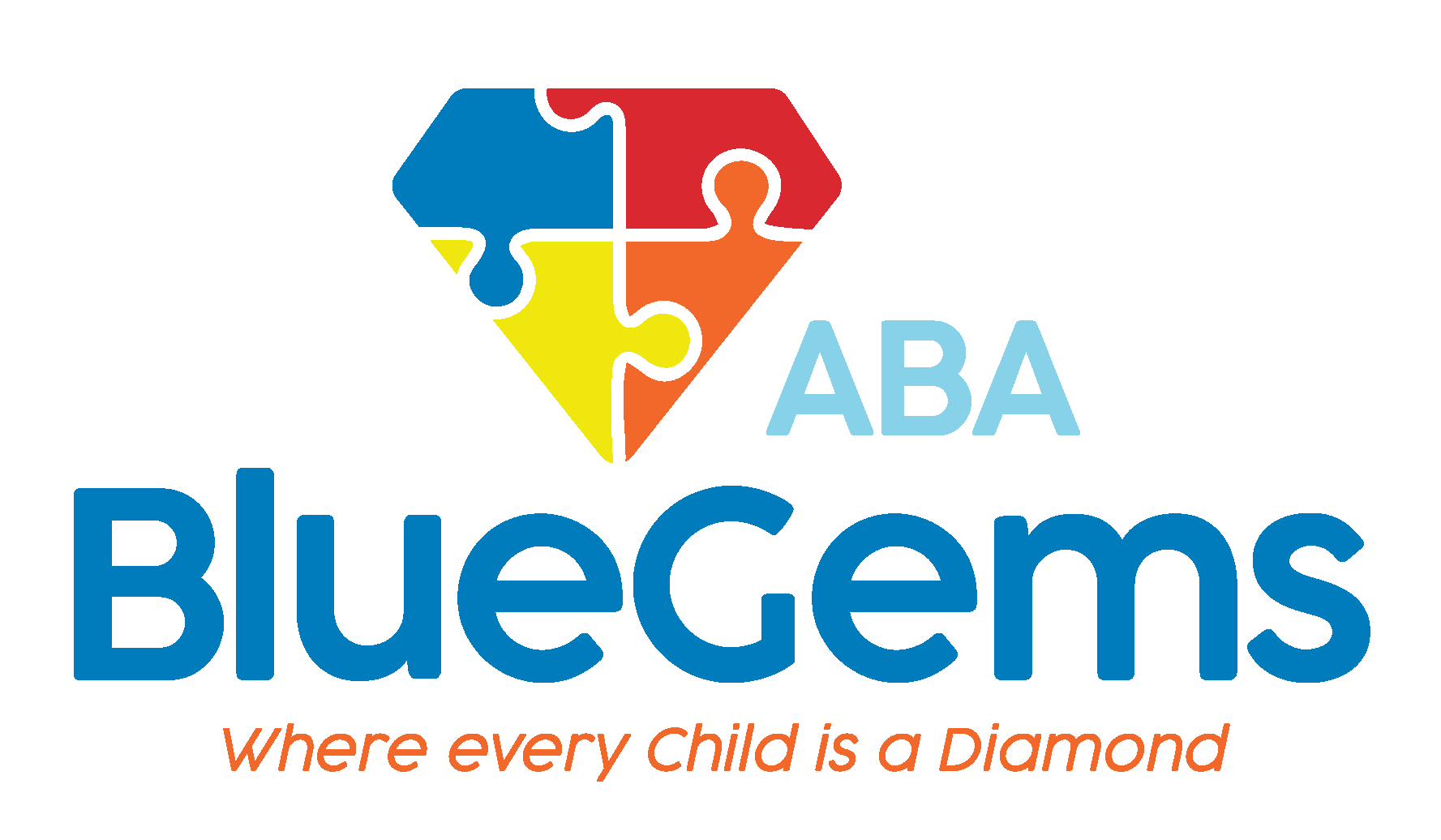Using Fidget Tools Appropriately within ABA Therapy
Toys are critical for helping children develop and facilitate learning. They can help with sensory stimulation, fine and gross motor skills, color and shape recognition, hand-eye coordination and so much more.
In applied behavior analysis (ABA therapy), toys are used quite extensively as part of activities that are play based to target specific behaviors and skills for children with autism spectrum disorder (ASD).
Therapists can carefully select the toys that they incorporate into ABA therapy sessions, choosing the ones that are most appropriate for the child’s development, targeted skill and/or behavior as well as their preferences.
In this article, we’ll discuss using fidget tools appropriately within ABA therapy, and the benefits they can provide.
Table Of Contents
Key Takeaways
- Fidget tools provide sensory input that promotes calmness, focus, and regulation.
- They can reduce hyperactivity, restlessness, and feelings of being overwhelmed.
- Fidget toys support emotional expression, decision-making, and self-awareness.
- In ABA therapy, they are used strategically to manage anxiety, sensory sensitivities, and improve engagement.
- When integrated thoughtfully, fidget tools help children with ASD build new skills and thrive in therapy.
What Are Fidget Toys?
Fidget toys are specifically designed to give children an outlet that appeals to certain senses, which can help to promote calmness and focus. They come in many different forms, from silicone poppers and spinners, to textured objects, squishy toys and stress balls.

What the fidget toys do is help children on the autism spectrum manage anxiety or stress by regulating sensory input. Children get a sensory experience with the fidget toys that is repetitive and tactile, which can help them to reduce hyperactivity, restlessness and feelings of being overwhelmed while still maintaining attention.
| Benefits of Fidget Tools | Applications in ABA Therapy |
|---|---|
| Promote calmness & focus | Help manage anxiety and sensory overload |
| Reduce hyperactivity & restlessness | Provide sensory input for hypo/hypersensitive children |
| Support emotional expression | Improve engagement and task attention |
| Encourage decision-making & self-awareness | Incorporated into individualized treatment plans |
What Are the Benefits of Fidget Toys?
Fidget toys help address some of the main challenges that children with autism face in their everyday lives — staying calm and remaining focused. They can become easily overwhelmed due to sensory sensitivities and to the fact that they often struggle with deficits in communication and social interaction.
At the same time, children with ASD often have “active minds.” Without an outlet to exercise those minds, they may become easily overwhelmed, stressed and/or anxious, which can lead to negative behaviors such as tantrums.
What fidget toys do is keep their hands busy, while also providing them with an outlet through which they can channel all their energy. These toys can help to center and re-focus them, allowing them to remain engaged and attend to other tasks at the same time.
Not only can fidget toys help with concentration and focus, they’re also effective at teaching children with ASD how they can express themselves and how they feel, and how to make decisions. By interacting with the fidget toys, the children can explore their emotions and understand them in an interactive and safe way.
Learning how to express their emotions is a crucial aspect of overall development, and fidget toys are a great way to encourage that.
How Are Fidget Tools Used Appropriately within ABA Therapy?
Like all other aspects of ABA therapy, fidget toys can be incorporated in strategic and meaningful ways. They can be integrated as part of a child’s treatment plan so that they are official tools that therapists can use to help their patients accomplish a number of things.
One common way fidget toys are used is a way to help children with autism manage certain symptoms, including anxiety, sensory overload and trouble focusing, especially if they are hypersensitive to certain sensory stimuli. If the therapist recognizes that the child is experiencing any of these things — or if the child is able to express that they’re feeling this way — the therapist can provide them with a specific fidget toy to help them calm down and regulate their emotions.
Fidget toys also can be used for children who are hyposensitive to sensory stimuli. What they do in this case is increase a child’s arousal level by introducing sensory input to them, which then makes them engage in the activity. This then can lead to increased alertness and focus while improving their sensory processing abilities.
While fidget toys can be an effective aspect of ABA therapy, it’s important that they are incorporated in a meaningful and well-thought-out way. That’s because fidget toys aren’t always effective in the same ways for every child, so having a strategic approach to how they can be introduced will lead to the best results.
Blue Gems ABA Incorporates Fidget Tools Appropriately into ABA Therapy
Fidget toys can be great tools for helping children with ASD regulate their emotions, relieve stress and anxiety, and re-focus their attention. When used in the right way, they can be effective parts of ABA therapy, helping children engage in learning that then leads to them building new skills and modifying certain behaviors.
At Blue Gems ABA, we incorporate fidget toys and other tools into our ABA therapy treatment plans to help children with autism thrive. We always do this in a strategic way based on data analysis, catering every aspect of our treatment plans to the unique challenges, strengths and preferences of each individual patient.
To learn more, please contact us today.




